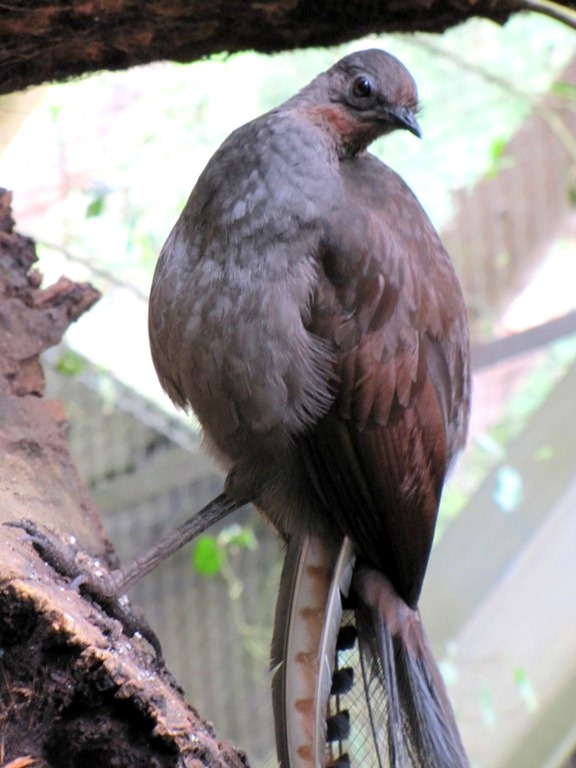And I thought I was good at impersonations
Image taken by damselfly58 via Flickr
Remember when your brain was blown after finding out parrots could talk? Well its going to happen again with this bird. The Lyrebird's mating call is probably the most unique in the world because its steals all its mating sounds from other birds and ... chainsaws...Yep! Enjoy the videos. More info below.
Hard to believe how accurate the sounds are
Some more footage of the bird's mating call

Image taken by coljac via Flickr

Image taken by Bird Brian via Flickr

Image taken by Ryan Wick via Flickr

Image taken by Bird Brian via Flickr

Image taken by Bird Brian via Flickr

Image taken by Ryan Wick via Flickr

Image taken by Bird Brian via Flickr
Scientific Name: Menura Novaehollandiae
Phylum: Chordata
Class: Aves
Order: Passeriformes
Family: Menuridae
Genus: Menura
Key Characteristics:
- There are two types of Lyrebirds. One is called the Superb Lyrebird and the other is called the Albert's Lyrebird.
- The Superb Lyrebird (scientific name above) is about the size of a rooster and is bigger than the rarer Albert's Lyrebird (has different feathers than the Superb Lyrebird).
- The Superb Lyrebird gets its name from an ancient Greek musical instrument called a lyre (only males have these types of feathers). When dancing the lyrebird will pull its feathers over its whole body in a similar shape as one of these string instruments.
- The tail can grow as long as 60 centimeters on a fully grown 8 year old male.
- They don't fly much and instead run on the floor looking for food with their long sharp beaks
- At night they roost up in trees using their claws (four on each leg) for grip
- The Lyrebird will clear out a dirt platform where he will sing and dance in order to attract a female
- After mating (often with more than one female) the female will make a nest typically low to the ground where she will lay one single egg. She will incubate the egg for about fifty days and take care of the chick until it is mature enough to leave the nest.
Diet:
- Spiders, worms, seeds, and insects
Habitat/Geography:
- Rain forests
- South-eastern Australian mainland and southern Tasmania
Fun Fact:
- In the 1930's a flute player played songs for his lyrebird pet. Naturally the lyrebird was able to mimic the songs. In 1969 a park ranger (Neville Fenton) recorded the lyrebird singing two popular songs in the 1930's: "The Kell Row" and "Mosquito's Dance".
- The lyrebird can also be found on Australasia's 10 cent coin
Sources:

HI Justin
ReplyDeletehaha hi dylan
ReplyDelete